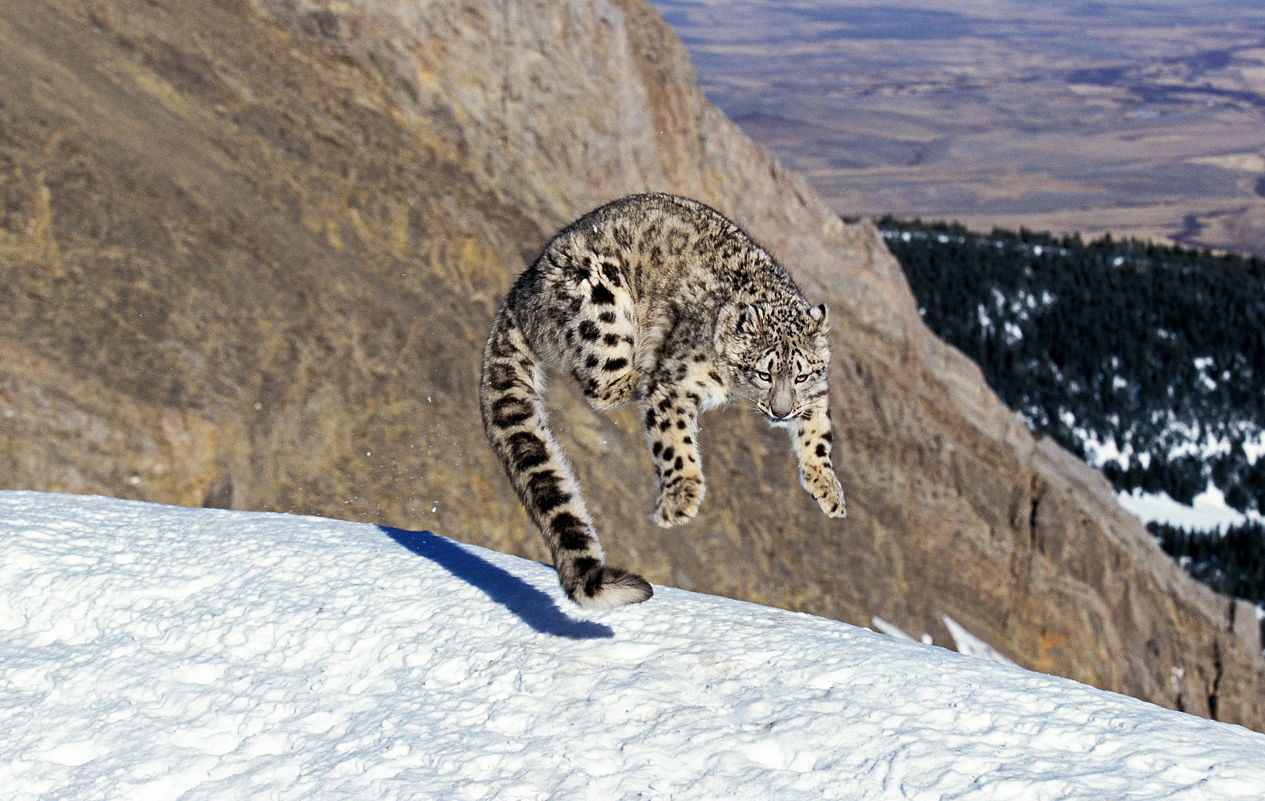A new “landmark assessment” has estimated that 397 snow leopards live across Nepal, up from earlier estimates of between 300 and 350 individuals. Sometimes called the “ghosts of the mountains,” snow leopards are famously elusive, blending effortlessly into the remote, snow-covered terrain they inhabit. Their solitary nature and rugged habitat make them one of the hardest big cats to study, which is why this new figure is so significant.
The figures come from a trove of data about snow leopard distribution gathered between 2015 and 2024 through research covering seven study regions in Nepal. Using tools like camera traps and DNA analysis of poop samples, these studies offered an unprecedented glimpse into the elusive cat’s population density. Based on the country’s geography, that works out to around 1.56 snow leopards per 100 square kilometers (38.6 square miles).
“This national estimate is a historic step in Nepal’s conservation journey. It not only provides us with a clearer picture of snow leopard populations but also informs future conservation strategies,” Dr Ram Chandra Kandel, Director General of Nepal’s Department of National Parks and Wildlife Conservation, said in a statement.
Snow leopards (Panthera uncia) are native to 12 countries across Asia, ranging from eastern Afghanistan, the Himalayas, the Tibetan Plateau, mountainous regions of Central Asia, southern Siberia, Mongolia, and western China.

Curiously light and bouncy: the snow leopard can be a playful beast.
Image credit: slowmotiongli/Shutterstock.com
While Nepal makes up only a small portion of the snow leopard’s vast range, a significant share of the big cats live within its borders. As such, the new data offers valuable clues about the species’ overall health. Another WWF report revealed that just 23 percent of the snow leopard’s global range has been systematically studied, and less than 3 percent contains empirical data on population abundance.
Exact figures are unknown, but the wider picture is concerning. Snow leopards are listed as “Vulnerable” on the IUCN Red List, with between 2,710 to 3,386 mature individuals left in the wild. Their populations are generally declining, primarily due to habitat loss, poaching, and the escalating effects of climate change.
However, there is hope. Survey data like this can play a vital role in refining and focusing conservation efforts that may help prevent the species’ extinction.
“A significant portion of Nepal’s snow leopard habitat falls outside designated protected areas, underscoring the need for targeted conservation measures in these landscapes. Strengthening community-based initiatives, habitat connectivity, and human-wildlife conflict mitigation strategies will be crucial for ensuring the long-term survival of snow leopards across their range,” stated Badri Raj Dhungana, Director General of the Department of Forests and Soil Conservation in Nepal.
Source Link: Nepal's Snow Leopard Population Is Bigger Than Previously Thought, But Still Mysterious